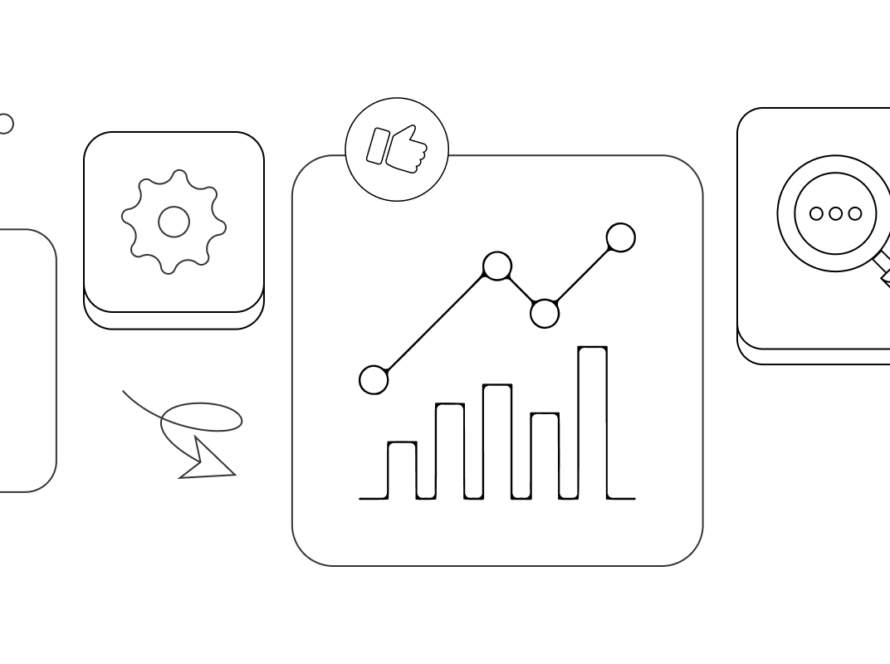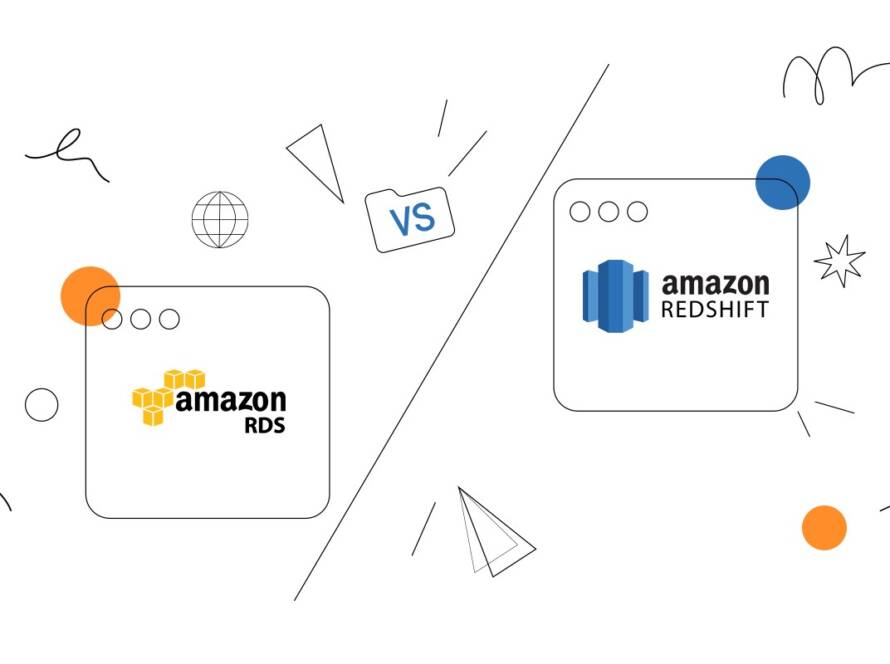In web development services, front-end and back-end play complementary roles, like a pair of superheroes working together to save the day. The front end is the flashy, attention-grabbing part of a website or application, responsible for the user interface and user experience. It’s like the web development equivalent of a movie star, dazzling the audience with its good looks and charm. Meanwhile, the back end is the unsung hero, working tirelessly behind the scenes to ensure everything runs smoothly. It’s like the web development equivalent of a superhero’s trusty sidekick, providing the necessary support and resources to keep the front end performing at its best. So, whether you’re a fan remember that they both play a crucial role in creating a successful website or application. In this article, let’s dive into the difference between front-end and back-end The front-end and back-end work harmoniously to create a seamless and dynamic user experience.
Front-end Development: The Basics
Front-end development involves building the user-facing part of a website or web application. It focuses on creating a visually appealing and intuitive interface for users to interact with. The front-end developer’s main aim is to create a website or application that provides a positive user experience, regardless of the user’s device or screen size. To achieve this, front-end developers use HTML, CSS, and JavaScript technologies to create a website or application’s structure, style, and behavior. They also use frameworks and libraries like React, Angular, or Vue.js to simplify development and create more advanced and interactive user interfaces.
Front-end Development: Main Languages
HTML (Hypertext Markup Language), CSS (Cascading Style Sheets), and JavaScript are the main languages used for front-end development. These three technologies create a visually appealing and functional user interface. Other front-end technologies and frameworks, such as React, Angular, and Vue.js, are also commonly used to enhance the front-end development process. A good understanding of these technologies is crucial for front-end developers in creating a seamless and enjoyable user experience. Front-end development As one of the languages for front-end development, it is a critical component. A solid understanding of its syntax and features is essential for creating well-structured and accessible web pages. Without HTML, websites would be just plain, boring walls of text with no structure or meaning. But with HTML, you can add headings, paragraphs, links, images, and other elements to make a website come to life.
- JavaScript

JavaScript is the “brain” of a website and is responsible for making the website feel alive and interactive. It’s like giving your website a personality and a voice and can make all the difference in terms of user engagement and experience.It is a high-level, interpreted front-end programming language that allows developers to create dynamic and interactive elements on a web page, such as animations, forms, and dynamic content updates. It can also make a web page more responsive to user actions. It’s the key to unlocking the full potential of your website and taking your skills to the next level.
- CSS
CSS is a front-end web development language used to describe a website’s look and layout. It is an essential part of front-end development and is used in conjunction with HTML to control the visual presentation of web content, such as font sizes, colors, margins, and more. Whether you’re looking to create a simple brochure website or a complex web application, CSS is the tool to bring your HTML content to life.
Back-end Development: The Basics
The backend is the server side of the website. Backend development is critical to software development and requires a deep understanding of server-side technologies, databases, and data structures. The backend developer’s primary goal is to build a secure, scalable, and efficient system that can handle large amounts of data and traffic. To achieve this, backend developers use programming languages such as Python, Ruby, and Java and databases such as MySQL, PostgreSQL, or MongoDB.
Back-end Development: Main Languages that Work Behind the Scenes
Back-end development is the behind-the-scenes work that powers our web applications daily. Many programming languages are each with its strengths and weaknesses. Some popular languages include Python, Java, Ruby, and more.
- Python
Python is a popular back-end development language due to its ease of use, readability, and wide range of available libraries and frameworks. It has a large and active community of developers, which means plenty of resources are available for learning and problem-solving. Being a dynamically-typed language for the back end makes it more flexible and less verbose than statically-typed languages like Java. It’s got everything you need to get the job done as it’s simple and easy to use, yet it’s packed with powerful features that can handle even the most complex tasks.
- Ruby

Ruby is a dynamic, interpreted programming language well-suited for building web applications. It is the language behind the famous Ruby on Rails framework, which provides a lot of functionality and makes it easy to build and deploy web applications quickly and efficiently. It is a behind-the-scenes magician that makes the web applications we love and use every day work like a charm.
- Java
Java is one of the most popular compiled programming languages for the back-end. It’s a class-based, object-oriented language designed to be portable and platform-independent. This means you can write Java code on one platform, such as Windows, and run it on another platform, such as Linux or macOS, without making any changes. Java’s popularity for web development can be attributed to its scalability, reliability, and security features. It’s also known for its performance and speed, making it an excellent choice for building high-traffic websites and web applications.
Front-end vs. Back-end
Now, let’s establish a clear difference between front-end and back-end development. Front-end and back-end are two essential components of web development. Front-end refers to the client-side or the user interface of a website or application and involves the design, layout, and functionality that the user interacts with directly. Back-end, on the other hand, refers to the server-side or the behind-the-scenes functionality of a website or application, including the database, server-side logic, and APIs that provide data to the front end. In summary, front-end development focuses on the user experience, while back-end development focuses on the data and the system behind the scenes. Both front-end and back-end developers work together to create a complete web application that provides a seamless user experience and meets the needs of the business.
Final Words
Front-end and back-end development are two essential and complementary parts of web development. Without the front end, users would be stuck with a bland and boring interface, and without the back end, users would be lost in a world without dynamic content and data. But fear not, for we make these two dynamic duos work together to create the ultimate web experience. Our custom software solutions company has a team of highly skilled and experienced developers who are experts in both front-end and back-end development. If you’re looking for a custom software development firm to help you take your business to the next level, look no further. We are ready to help you turn your vision into a reality. Contact us now to learn more about our services and how we can help you achieve your goals!


